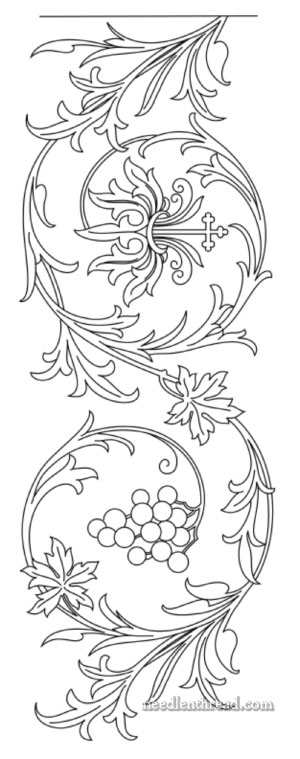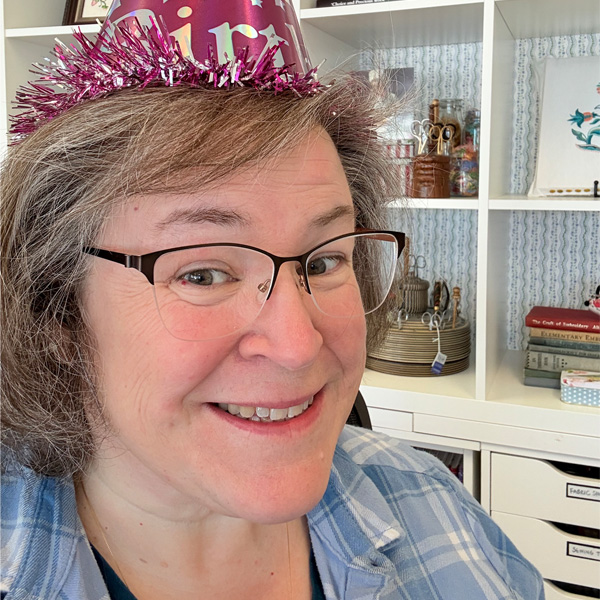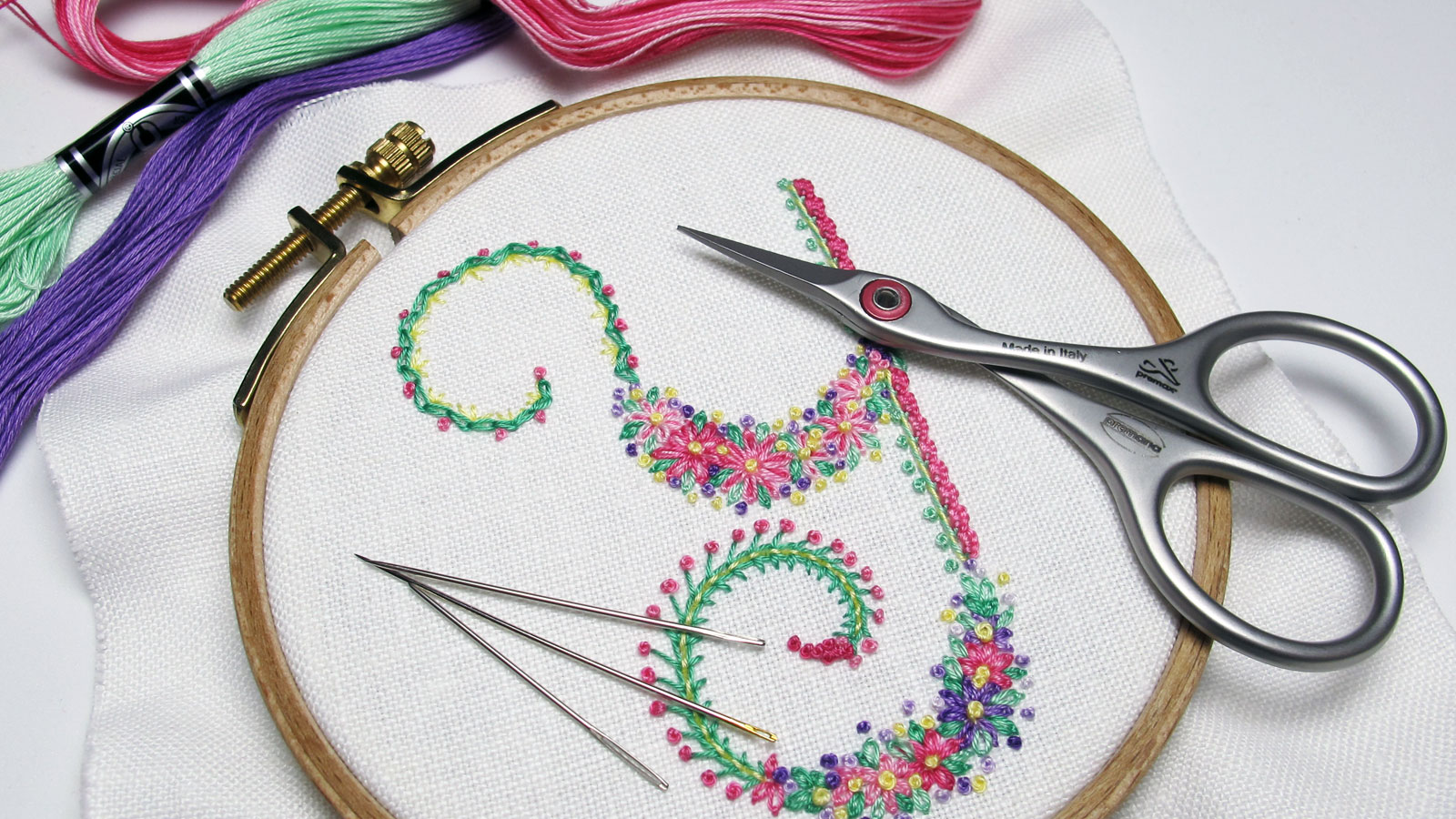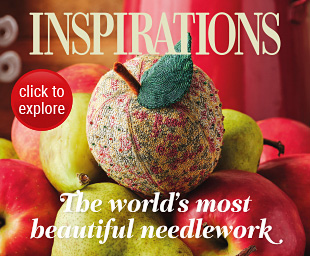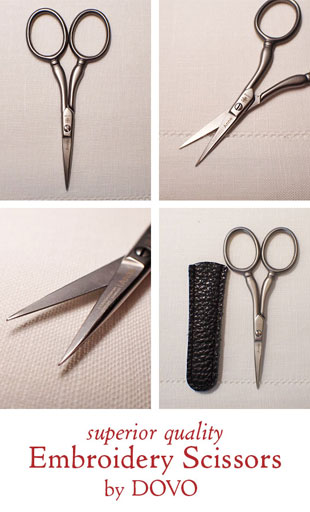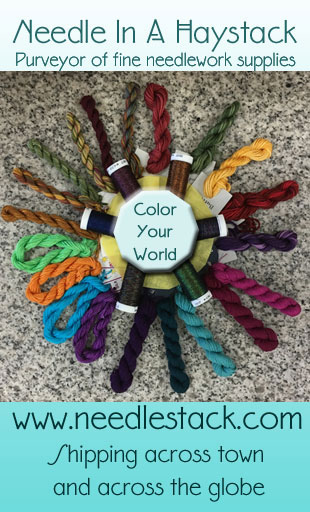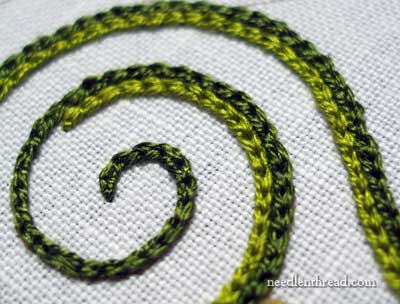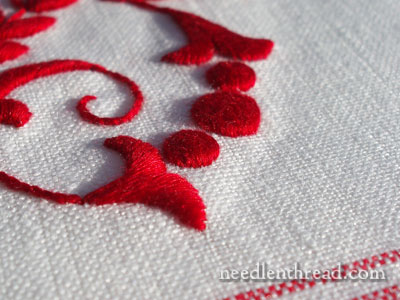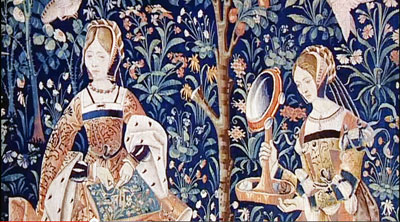October 4, 2011
Free Hand Embroidery Pattern: Grapes, Acanthus, Passion Flower Border
This is an elaborate hand embroidery pattern, but I think it’s pretty. It’s meant for ecclesiastical embroidery, but you can always adjust the passion flower (taking out the cross-shaped stamen that’s often seen in church patterns) and use the design for whatever you wish.
This is what I’ve been doing lately: cleaning up Lots and Lots of embroidery patterns. You can consider this a little preview of what’s coming in a church pattern e-book (available by the end of the month!) – though the patterns aren’t all quite this elaborate!
